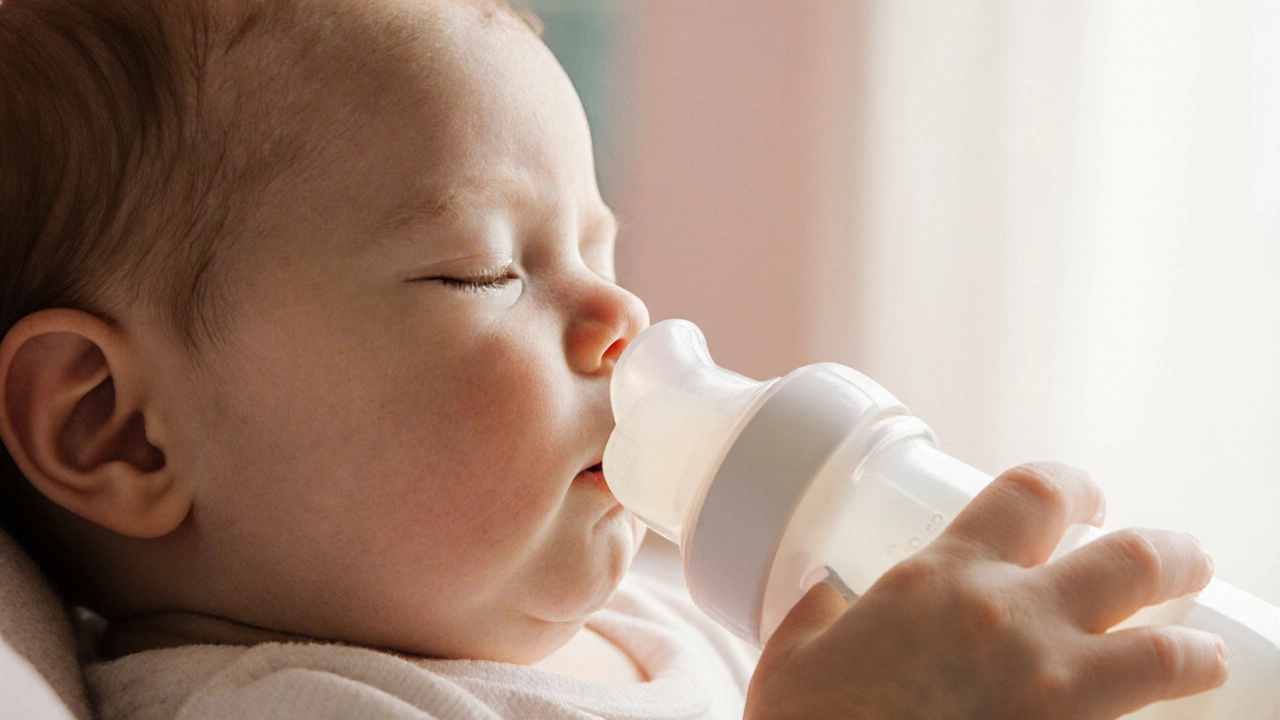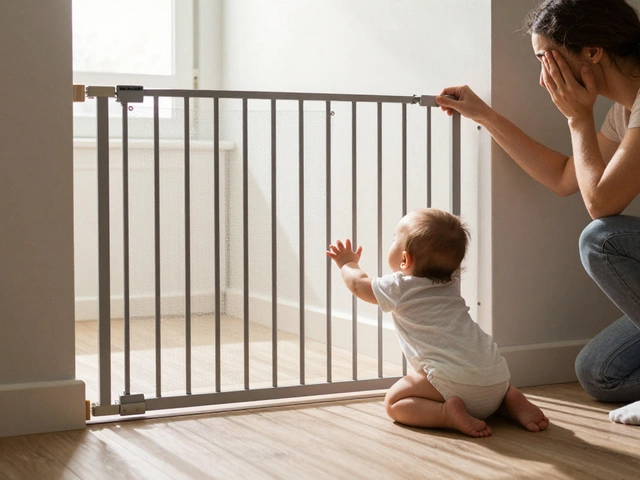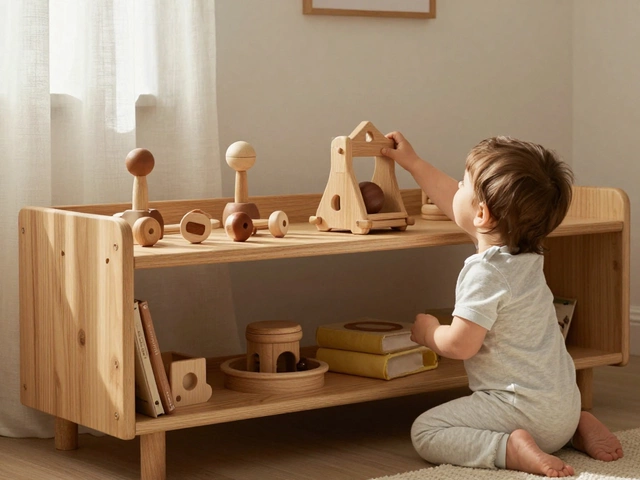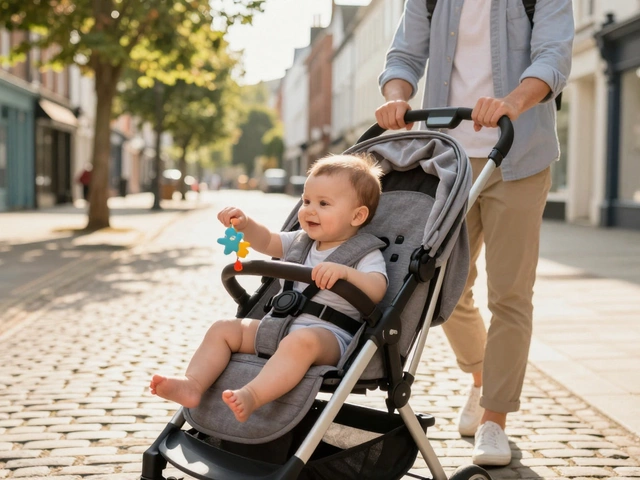Essential Bottle Feeding Tips for Busy Parents
Got a baby who loves a good bottle? Great, but feeding can feel like a maze of safety checks, cleaning routines, and timing tricks. Below are the most useful tips you can apply right away to make bottle feeding smoother, safer, and less messy.
Keeping Bottles Clean and Dry
First thing’s first – a clean bottle is a happy bottle. After each use, rinse the bottle, nipple, and any detachable parts with warm water. A soft brush helps get rid of milk residue that can hide in tiny crevices.
Now, about drying. While many say bottles must be bone‑dry, a light wipe with a clean towel works fine if you plan to reassemble and sterilise right away. If you’re storing for later, let the parts air‑dry on a clean rack for at least 30 minutes. This reduces mould risk without adding extra steps.
When you need a deeper clean, a quick boil for five minutes or a cycle in a dishwasher with a sterilise setting does the job. Just make sure the dishwasher’s top rack is used so heat reaches every nook.
Managing Feeding Speed and Comfort
Ever noticed your baby gulping down a bottle too fast? That can lead to gas, spit‑up, or even choking. The trick is to control the flow.
Start with a slow‑flow nipple until your baby gets the hang of sucking. If you’re using a fast‑flow nipple, try pausing every few seconds to let your baby swallow and breathe. Tilting the bottle so it’s half‑full helps keep the nipple filled, preventing extra air from being swallowed.
Watch for signs: frequent hiccups, pulling away, or a red face usually mean the feed is too quick. Adjust the nipple size or slow the pace, and you’ll see calmer, happier feeding sessions.
Another tip – give your baby a short break every 2‑3 minutes. This mimics a natural breastfeeding rhythm and lets the tummy settle.
Finally, keep the bottle at a comfortable temperature. Test a few drops on your wrist; it should feel warm, not hot.
Quick Reference Checklist
- Rinse and brush after each feed.
- Air‑dry or towel‑dry if you’ll sterilise soon.
- Use a slow‑flow nipple for newborns, switch later if needed.
- Pause feeding every few seconds to avoid gulping.
- Check temperature with your wrist before feeding.
These simple steps cut down on mess, keep your baby safe, and make feeding time less stressful for you. Got more questions? Check out our related posts like “Do Baby Bottles Need to Be Completely Dry?” and “What Happens When a Baby Drinks a Bottle Too Fast.” They dive deeper into each topic with extra examples and expert advice.
With the right routine, bottle feeding becomes a quick, clean, and comfortable part of your day. Try these tips today and notice the difference – fewer spills, calmer feeds, and a happier baby.

Best Baby Bottles That Feel Like Breastfeeding - 2025 Guide
Discover the top breast‑like baby bottles of 2025, learn key features, compare popular models, and get practical tips for a smooth bottle‑to‑breast transition.
view more




